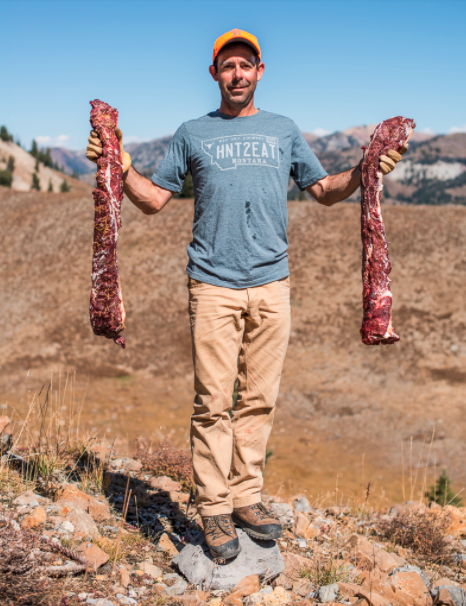Why Everybody Loves to Hate Nonresident Elk Hunters
Between deep cuts to nonresident licenses, preference-point gluts, and reduced opportunity, self-guided elk hunters are feeling the squeeze
IN MONTANA’S CAPITOL this winter and spring, legislators have had little affection for nonresident hunters, who face shorter seasons, fewer licenses, and would be required to pay more for their reduced opportunity.
This squeeze on nonresident hunters is a trend that’s accelerating around the West. Wyoming’s governor-appointed Wildlife Task Force is contemplating cutting nonresident elk licenses by about 60 percent next year, and last month the state raised fees on premium nonresident deer, elk, and antelope by nearly 200 percent. In 2020, Idaho reduced nonresident elk quotas while also raising fees. And Colorado’s Parks and Wildlife Commission next month will consider sweeping changes to big-game license structures, including limiting nonresident license allocations, for the 2024 season.
If these new changes are implemented as recommended, nonresident elk hunting opportunities in the 11 Western states could be reduced by around 15 percent. Meanwhile, nearly every Western state reports rising elk populations, with a region-wide increase of about 5 percent between 2018 and 2022, according to the mapping app onX.
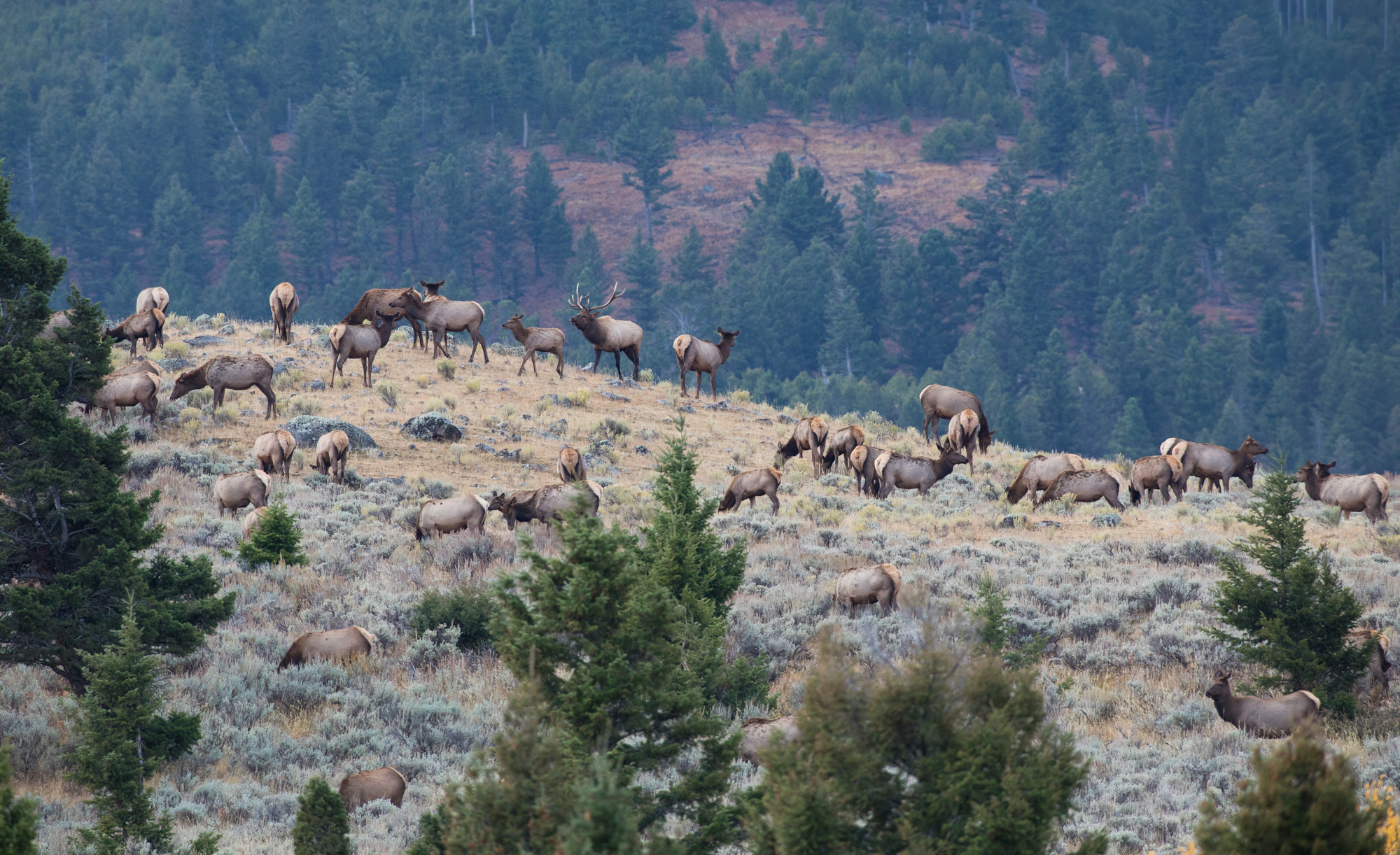
What’s going on here? Elk hunting, especially the sort of self-guided public-land elk hunting that is promoted by so many social-media influencers and the makers of go-in-light, come-out-heavy hunting gear, is a victim of its own popularity. Technology that can pinpoint public-land access points and subscription services that guide hunters to the best units for trophy bulls or best draw odds are lowering barriers to participation for hunters who might live several states away from their hunting area.
The onX study noted that over the 4-year period ending in 2021, resident elk-license applications in eight Western states increased by more than nine percent. But nonresident elk applications went up by over 22 percent. Meanwhile, limited-entry bull tags were reduced by 2.5 percent, which has steepened draw odds.
The year-over-year application trend shows an even sharper rise. In 2018, 184,000 nonresidents applied for elk tags across the West. That number swelled to 217,000 in 2021, and in 2022 225,000 nonresidents applied for elk tags.
Nonresident demand reached a tipping point earlier this winter in Idaho, where Idaho Fish and Game’s on-line license system crashed in the first minutes that nonresident licenses went on sale. Some 67,000 out-of-state hunters were vying for 27,000 available tags.
“As more hunters apply for elk draws throughout the West, the odds of landing a coveted Western elk tag are becoming more challenging,” is the understated conclusion of the onX report.
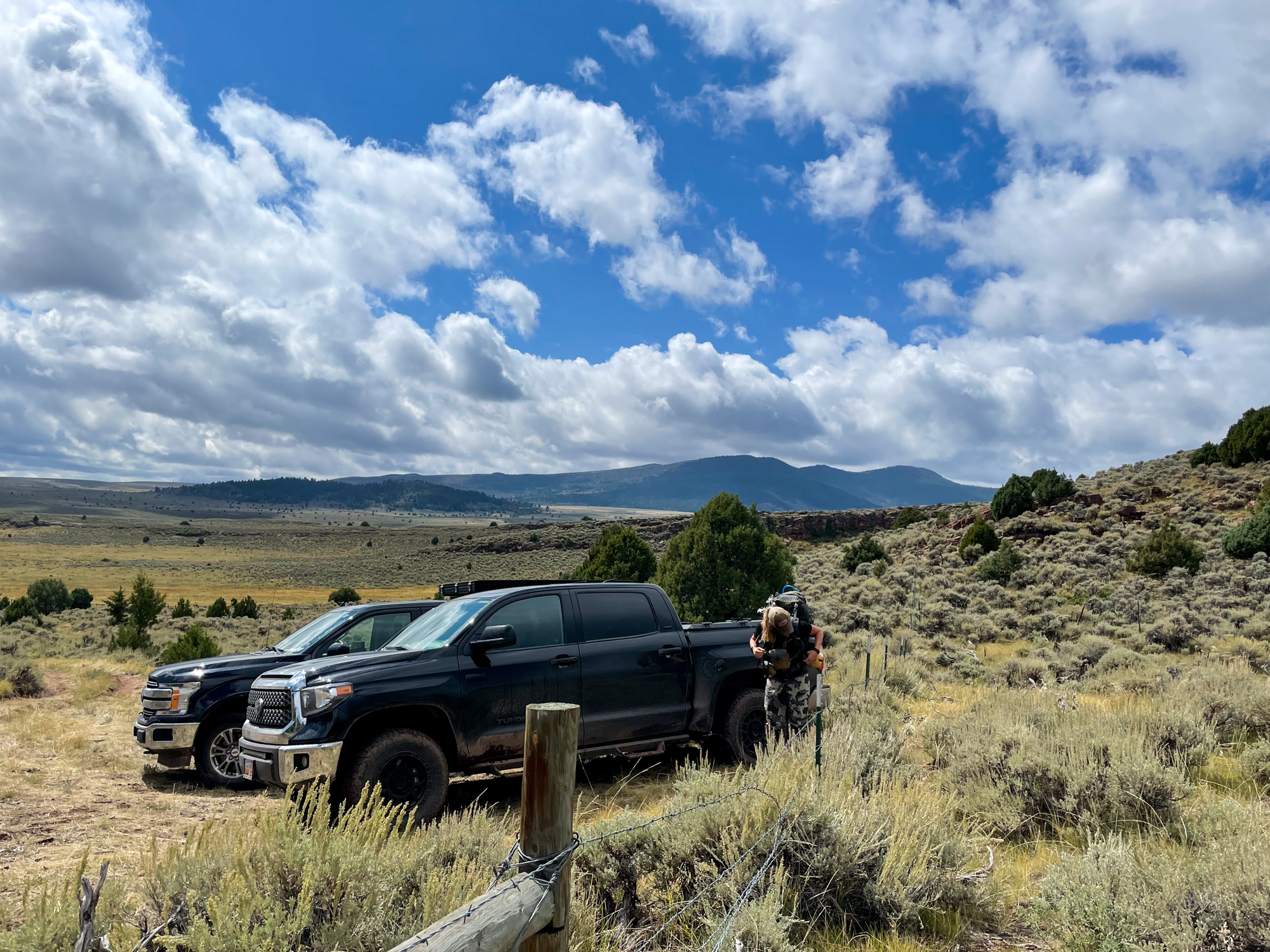
Meanwhile, resident hunters are routinely complaining about too many nonresidents in their favorite spots. That discontent is bubbling up in legislation that seeks to further restrict nonresident opportunity. Montana’s legislature has debated two dozen bills that would cut nonresident license quotas, or impose shorter seasons for out-of-state hunters, or would limit where and when they could hunt.
“We share with nonresidents, but we’re overrun,” Rod Bullis, representing the sportsmen’s group Hellgate Hunters and Anglers, told a Senate committee earlier this month, echoing a refrain that’s heard across Montana as well as other Western states. The committee was debating a bill that would allow the Montana Fish and Wildlife Commission to impose caps on nonresident licenses like black bear, wild turkey, and waterfowl that have historically been unlimited. Bullis cited statistics that indicate nonresident hunters increased by 80 percent in Montana while resident hunter numbers fell by seven percent over the past decade.
Blaming the Golden Goose?
Montana’s legislature is wrestling with a tension that has defined most Western states’ relationship with nonresident hunters. On the one hand, wildlife agencies use nonresident big-game licenses, which can cost many times the price of resident hunting licenses, to fund popular programs. In Montana, the access program Block Management that provides hunting opportunities on over 6 million acres of private land is bankrolled mainly by nonresident license revenue.
According to an Outdoor Life feature by P.J. Delhomme, nonresident hunters accounted for $43.6 million, or 77 percent, of Wyoming Game and Fish’s budget in 2020. The preference point system contributed nearly $12.2 million of that.
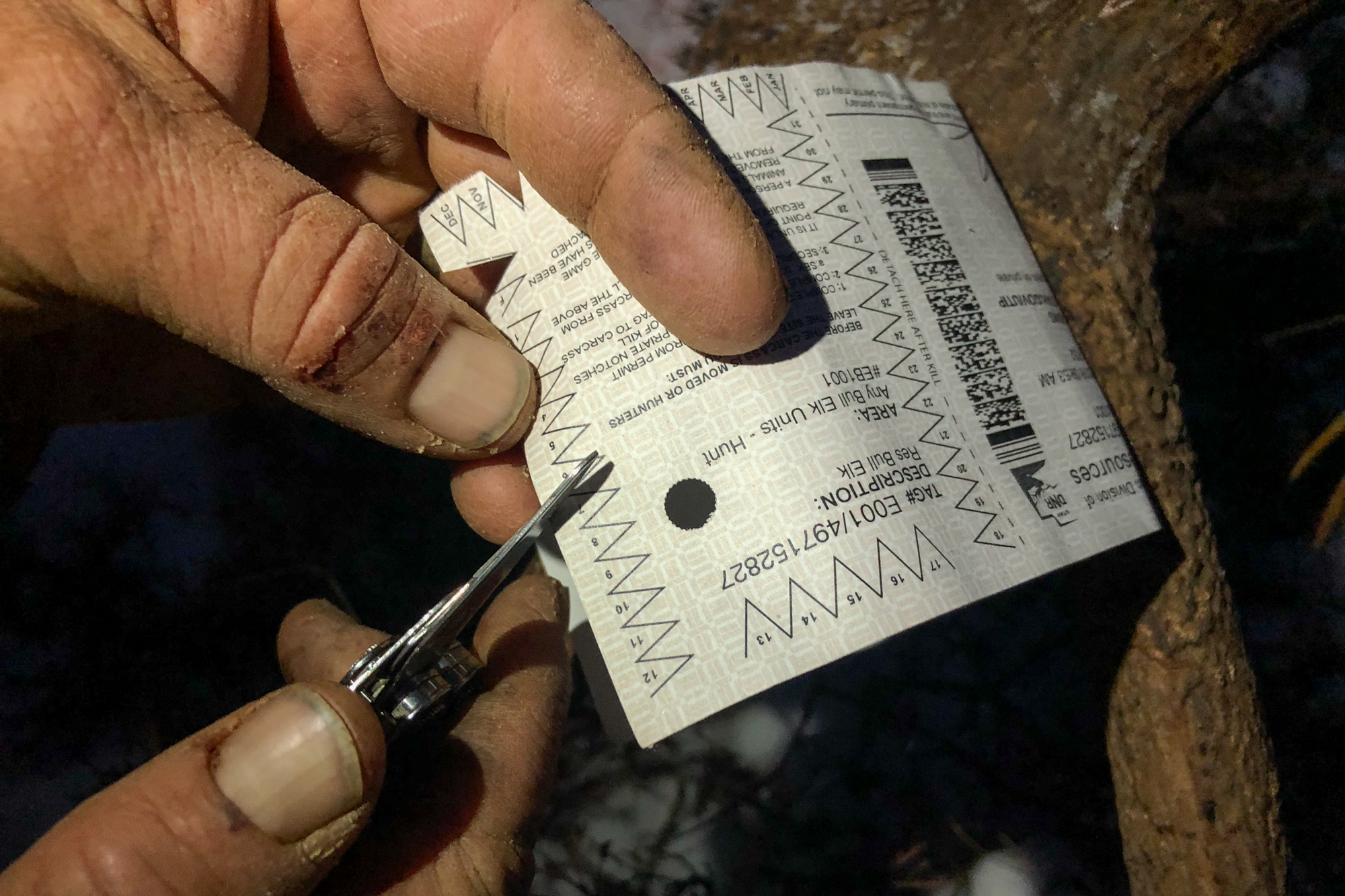
But especially since the Covid pandemic enabled millions of Americans to discover or renew ties to the outdoors, nonresident hunting activity has increased noticeably in the West. Demonizing these out-of-area hunters has become a sort of parlor game for resident hunters from Nebraska to eastern Washington.
“Overcrowding by nonresident hunters cancels Colorado OTC elk hunt,” screams a blog on the popular Eastmans’ Hunting Journals site. “No one is defending resident hunters when it comes to tag allocation and OTC [over-the-counter] hunting opportunities.”
“Across the state, everywhere I go, I ask people how their [hunting] experience was, and every single person says ‘I’m sick and tired of nonresident license plates,’” Montana hunter Cody Voermans told a FWP citizens advisory committee. That discontent is fueling the bills being considered by Montana’s legislature this session.
“At least here in Montana, nonresidents are the lowest-hanging license fruit for a few reasons,” says Kevin Farron, regional policy manager for Backcountry Hunters & Anglers. “For one, the data suggests that they’re the growing segment of hunters in Montana, not the residents. Plus, since the state owns the wildlife, many argue that residents should be given preference. That’s nothing new, of course, and also why nonresidents pay something like 40 to 50 times more for their deer and elk licenses than Montana residents.”

The steep and sudden rise in nonresident hunting has spooked residents, who wonder if there’s an end to the wave of strangers poking around “their” hunting areas. Add to the dynamic a sense that all hunters, regardless of residency, are spending more time in the field than in the past.
“Hunter days—and not just for deer and elk—are really important to consider. The worry we hear is that nonresident hunters hunt for longer periods of time than many residents,” says Farron. “The sense is that if they drive this far and pay this much money, they might as well make it worth the trip. But expanded and mandatory hunter reporting that isn’t four months after hunting season’s end is needed to capture this sort of data.”
A Competitive Landscape
For years, savvy hunters have played license-allocation systems to boost their odds of drawing premium elk tags in one state, or accrue preference points for future success in another state. These hyper-committed elk hunters often have a strategy that pretty much guarantees they’ll hunt elk somewhere every year.
But Western agencies are increasingly looking across state lines to evaluate how their counterparts are managing wildlife and hunters. While some states have higher or lower license fees than their neighbors, there’s increasing parity in terms of license costs, permit structures, and even application deadlines.
Now, with more elk hunters using application services, and with an entire industry devoted to crunching draw odds and highlighting undersubscribed units, there are fewer sleeper states and hunting units.
“It’s getting tougher to draw everywhere,” says Montana hunter Matt Poole, who has applications in most Western states. “People don’t care what state or where in that state they hunt elk in as long as they are hunting elk, so when one area suffers losses or [undergoes] changes, people adapt and other areas quickly receive additional applications and pressure.”
“It’s not looking good unless you have lots of money or really good friends with land in areas where you can actually get tags.”
—Matt Poole
Poole thinks highly transient elk hunters are increasingly considering the entire West a single system, one that’s under significant stress.
“It’s scary to think what will happen over the next 10 to 20 years,” he says. “It’s not looking good unless you have lots of money or really good friends with land in areas where you can actually get tags.”
Some hunters, staring at long odds for crowded public-land tags, are opting out.
Colorado big-game outfitter Dan Harrison says he’s never been booked so far out for big-game hunts.
“For my Montana archery-only hunt, I’ve raised my prices to an alarming rate and it’s garnered even more interest,” says Harrison, who outfits in Colorado, Montana, and Manitoba. “My mule deer hunters raised rates on themselves, saying I wasn’t charging enough for the hunts.”
Harrison thinks Covid shaped big-game hunters’ expectations. Instead of relishing the experience, he says his clients have very specific goals, either a trophy animal of a certain standard or access to property where they won’t be crowded by fellow hunters.
“I’m finding that hunters are more focused, they know what they want, and they’re willing to pay top dollar to have a shot at it,” he says. “They want to push the easy button. Paying me to see their target animals is better than spending just as much money and probably more time for a DIY hunt and not seeing the game they’re after.”
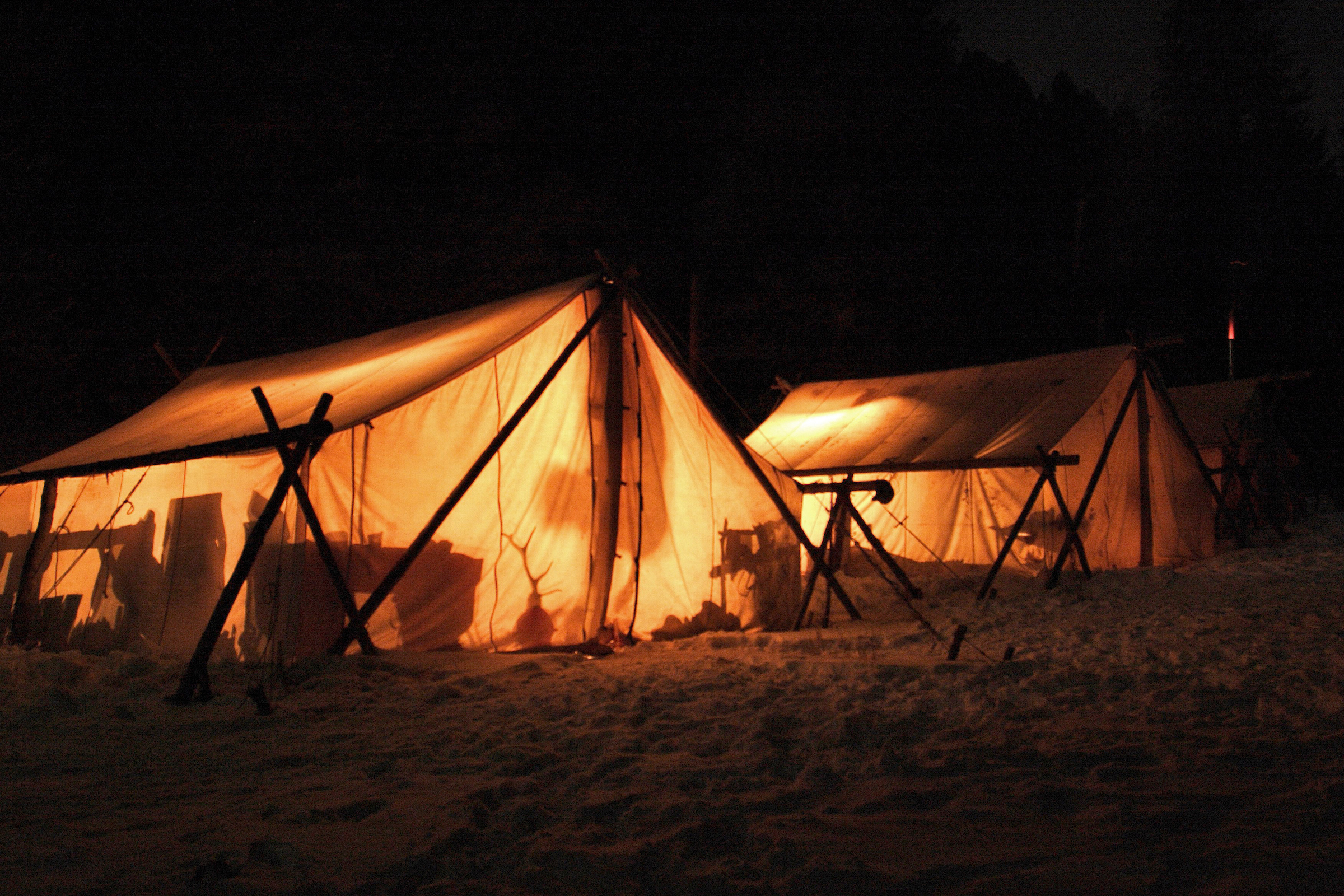
Harrison has had so much demand from what he calls displaced traditional Western elk hunters that this year he started a concession in Argentina, focusing on stags and other trophy species.
“I opened up Argentina because of the overflow of interest from clients wanting to hunt,” he says. “The hunts we offer there are cheaper than an average elk or mule deer hunt in North America with travel included. We had to find some other hunts to offer because of the increased demand.”
Displaced hunters, both resident and nonresident, are similarly fueling the popularity of LandTrust, a start-up that’s linking hunters with private landowners who offer access for a fee. Think Airbnb for hunters.
“Hunters are just like animals, we want to go where there’s less pressure,” says Nic De Castro, founder and CEO of LandTrust, based in Bozeman, Montana. The company reportedly has about 900,000 acres of land under access brokerage. “Where is there less pressure? Where there’s controlled access on private land, and agricultural private land typically provides the key elements of food, water, and shelter, plus reduced pressure, that wildlife respond to. Marketplaces are pretty good at solving issues of supply and demand, which really is what we have with abundant demand for a limited resource.”
The Future of the DIY Elk Hunter
As much as resident hunters make a sport of demonizing nonresidents, they also balk at paying significantly more for resident licenses. The high fees paid by nonresidents that fund programs resident hunters enjoy is likely to keep out-of-staters an important, if occasionally unwelcome, partner in wildlife management across the West.
“I think that, given the choice, resident hunters would be willing to pay more for tags if it meant reasonable caps for nonresident hunters, at least from what I’ve heard in Montana,” says Farron.
Plus, as elk populations continue to grow, more public hunting—not less—will continue to be states’ main management option. However, wildlife agencies may need to be more thoughtful about how and where they focus hunting pressure, according to ongoing research that seems to show a widening distribution and behavioral gap between elk that utilize primarily public land versus those that stay primarily on private ground.
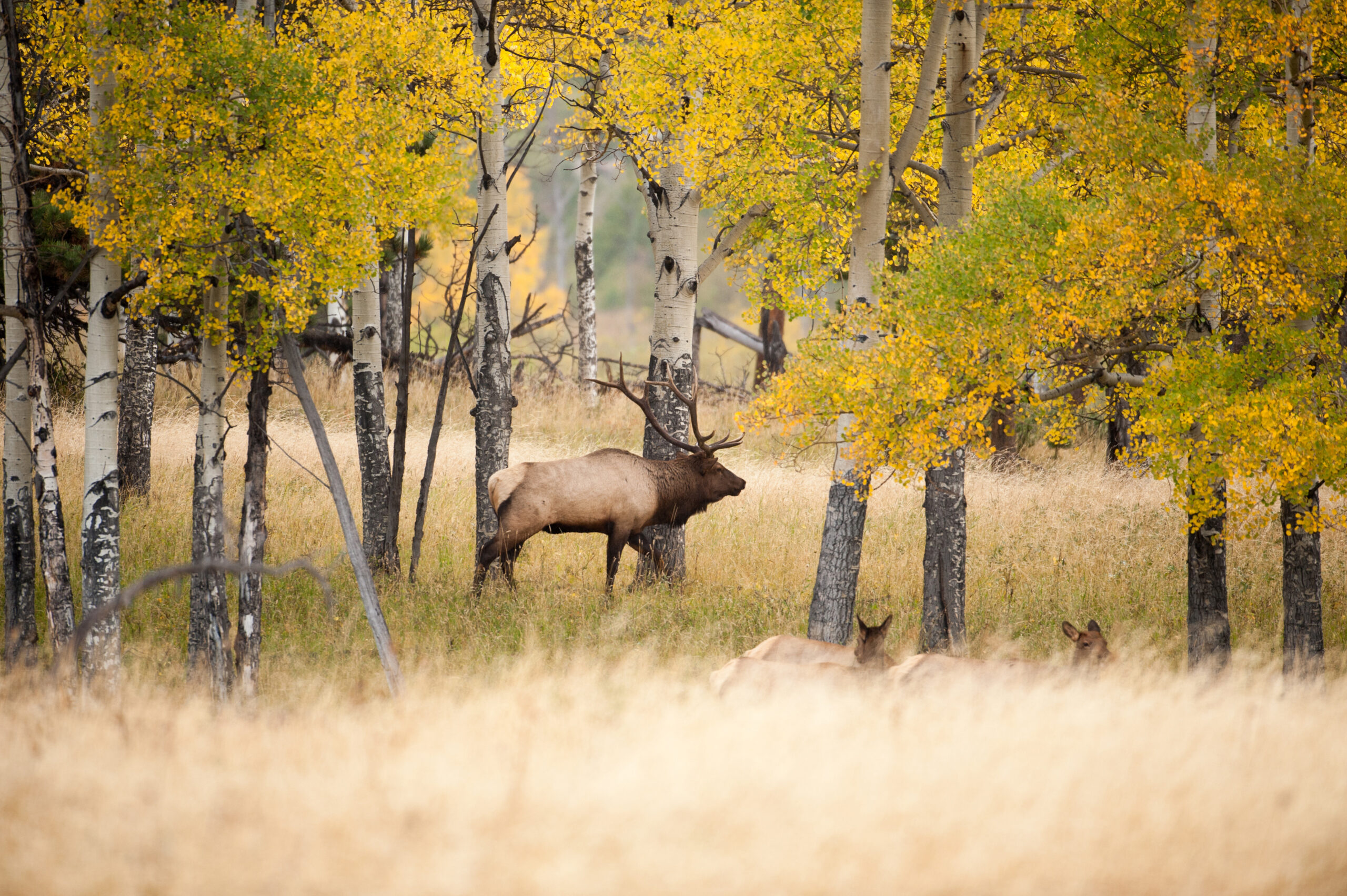
The research, which is taking place in various habitats around Western Montana, is highlighting differences between what agencies might call “good” elk, or those that are available to public-land hunters, and which primarily stay in higher elevations of Western mountains, and “bad” elk, those that stay year-round on high-quality agricultural lands and are generally unavailable to public hunters. The latest iteration of this long-term research is focused on the Lower Clark Fork River west of Missoula.
The more state agencies focus hunting pressure on those available elk, the more they’ll be conditioned to join their field-loafing brethren. And that, more than crowding or tag allocation, may be the dynamic that has the greatest potential to shape the future of DIY Western elk hunting.
Read more OL+ stories.

